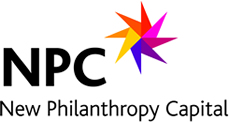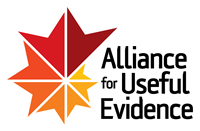What Counts? Who Counts? And For Whom? Report on ARVAC Annual Lecture
The Association for Research in the Voluntary and Community Sector‘s (ARVAC) annual lecture was held Tuesday 8 May at the Wellcome Trust in London.
Aptly enough for an event titled “What counts? Who counts?”, all the speakers at this year’s Association for Research in the Voluntary and Community (ARVAC) lecture agreed that counting and measurement is crucial to proving social impact, but that in and of itself isn’t enough to illustrate it.
Allan Cochrane from the Open University warned that while a quantitative approach to impact offers benefits such as clear measures of success and failure, there is a danger in assuming everything can be counted. There is also the risk of counting for the sake of it, or of focusing on meeting targets instead of improving the quality of the work being done.
Partly for this reason, Allan spoke about the importance of storytelling to supplement figures. In the Q&A after the panel discussion, the Big Lottery Fund’s use of blogs in reporting was referenced as one way of providing context for a process of impact evaluation.
Sioned Churchill from Trust for London said softer approaches to impact measurement were more representative of the diversity and values of the sector. She warned that the influence of big funders and government makes it difficult for charities to push back about how and why they measure impact. It’s important that impact measurement is part of a learning and knowledge-sharing process which aims to improve performance; rather than being exclusively for reporting purposes
Emma Stone from the Joseph Rowntree Foundation pointed out that completely different reports could be produced for the same projects depending on whom carried them out - funder, grantee or external evaluator – and to what end. Whether impact analysis is seen as academic research, an integral part of grant applications or a marketing or organisational strategy tool, the result will vary enormously.
Interestingly, Emma said that JRF’s recent efforts to report on its own impact had made them more aware that the process – which they’d expected from their grantees for some time – could be intrusive and unsettling.
The message was that pairing stories with hard numbers isn’t a zero sum game; in fact, telling a story alongside hard data can create a far richer and more nuanced image of the impact an organisation makes.






+44 (0)207 438 2598
[email protected]
Follow us on Twitter
Join us on LinkedIn
Join us on Facebook
Our photos on Flickr
Subscribe to our Feed